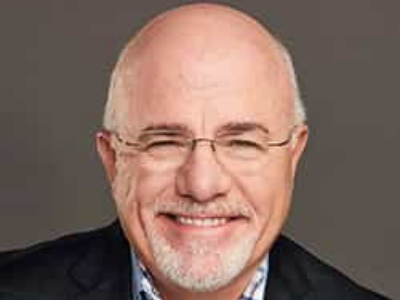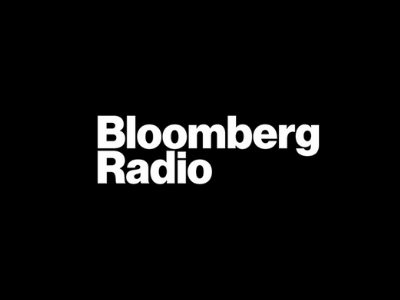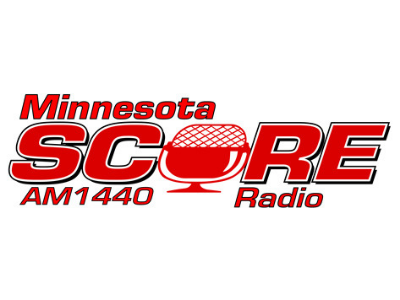University of Nebraska now spends more on administrators and managers than on faculty
News > Business News

Audio By Carbonatix
12:04 PM on Friday, October 17
By NATALIA ALAMDARI/Flatwater Free Press
At first glance, they look like raises.
At the University of Nebraska-Lincoln, a music professor’s salary jumped $13,000 in the past decade. A University of Nebraska at Kearney political science professor’s grew by $15,000. A University of Nebraska at Omaha social work professor got a $19,000 bump.
But then you factor in inflation, and the financial reality becomes clear: All three actually took serious pay cuts. When adjusted, the music professor suffered a pay slash of 16%.
It’s part of a profound shift in how the University of Nebraska makes money, spends money — and who it spends money on.
In 2000, NU paid its administrators and professional staff $155 million. This year, a quarter century later, that number has more than tripled to $484 million.
At the same time, pay to faculty has grown, but at a much slower rate that doesn’t match inflation.
In 2024, for the first time this century, the state’s public university system spent more on administrators, managers and professional staff than it did on faculty members who teach students, advise students and do research on its five campuses.
“… (I)f we keep devaluing the academic side of what we do at the university, then you’re going to get less performance,” said John Shrader, president of the faculty senate at UNL. “And that’s not what I think the governor, the Legislature and the Board of Regents want. This is a manifestation of the lack of investment.”
Earlier this year, a less-than-asked-for state appropriation led to NU calling for $20 million in cuts. At UNL, students and faculty have weathered $75 million in cuts in five years, with another $27.5 million on the way.
The current cuts on the table include eliminating and merging academic programs and cutting 58 full-time positions and $10.25 million. The proposed cuts would also include $17.25 million in administrative cuts, voluntary professor buyouts and other budget cuts. The NU Board of Regents will vote on the proposed cuts in December.
The spike in administrative and managerial spending reflects the increasing scope and complexity of college, university officials and higher education experts told the Flatwater Free Press — things like parking, increased housing options, student life, building operations. Many of these areas are actually moneymakers for NU, as it and universities around the country hunt for new revenue sources while federal and state funding shrinks.
But that spike is especially stark when compared with how much the University of Nebraska pays its professors and instructors.
When adjusted for inflation, the cost of faculty across the system declined by 10% in the past 10 years, while administrative and professional costs grew by 54%.
At UNL, faculty spending has gone down by 23% in 10 years when adjusted for inflation. The University of Nebraska Medical Center is the only individual campus that has grown inflation-adjusted faculty spending since 2015.
University leaders are quick to distinguish the different funding streams that pay for professors from the way administrators and managers are paid at NU headquarters at Varner Hall and on the university’s five campuses.
Yes, administrative spending has grown, they say, but most of that money is pulled from revenue generated by those departments. For example, much of the money made by student housing goes back into keeping that department running.
The bulk of faculty and academic spending draws from the state-aided budget, a mix of taxpayer money and tuition dollars that can generally be used however university leaders see fit. Half of that state-aided budget goes to pay for professors and instructors, according to the university budget.
“It is the people in the administration who create the federal contracts, who create research contracts, who create corporate contracts, who work with the foundation to get the philanthropic support,” said Jeffrey Gold, president of the NU System. “We don’t want to pull faculty out of the classroom or the research lab to worry about an upcoming higher education learning commission survey, or College of Medicine accreditation survey or anything of that nature.”
(asterisk)(asterisk)(asterisk)
The University of Nebraska’s evolution can also be seen through whom it employs.
In 2010, the number of faculty on NU campuses, just under 4,000, was essentially identical to the number of employees classified as “administrative” or “professional.”
This year, there are 4,725 faculty.
There are 5,462 administrative and professional employees. The university has added roughly 1,400 of those positions in the past 15 years.
The increase in roles outside of the classroom is a national trend, said Robert Kelchen, a professor specializing in higher education finance at the University of Tennessee.
It’s happening in part because higher education has become more complicated as a business, he says. It’s also happening because students are wanting and needing more things from college than they did in the past.
“There’s the housing, the parking services, the student unions — there’s all those aspects of a campus,” said Anne Barnes, senior vice president and chief financial officer for the NU System. “They’re kind of like little individual businesses. They’re expected to break even, they’re expected to meet consumer demands.”
UNO added dorms in the early 2000s, meaning it needed to hire administrators in housing, Barnes said.
The UNL Athletic Department has added professional and managerial staff to oversee name, image and likeness activity, commonly known as NIL, in this new era of college sports.
NU has grown its student mental health services, hired administrators who commercialize and monetize the intellectual property stemming from university research and added staff to oversee research compliance.
That all has led to an increase of $329 million spent on administrative roles in 25 years. Adjusted for inflation, administrative spending grew at a rate outpacing faculty spending at every campus except for UNMC.
In that same quarter century, the University of Nebraska at Kearney saw an 11%, inflation-adjusted drop in its faculty budget.
“The idea that all this (administrative) spending has been disproportionately going upwards … it’s disgusting, it’s unfortunate,” said William Aviles, a professor at UNK and president of the faculty union. “It so markedly illustrates that (national) trend in terms of spending and where the resources are being accumulated. That context really puts our small raises into perspective.”
(asterisk)(asterisk)(asterisk)
NU’s revenue is split into two main parts: There’s the unrestricted state-aided budget — a mix of tuition dollars and state appropriations that fund most of the university’s faculty and academics.
“It’s the state-aided budget that gives us the flexibility to make decisions,” Gold said. “It’s pretty much the only flexible pool.”
And there’s the designated and restricted budget which, as it sounds, has limits on how that money can be spent.
“If we get a contract from the Department of Defense to work on a computer program for them, we can’t use that to buy light bulbs and floor wax for the College of Journalism,” Gold said.
It’s those restricted and designated funds that largely cover the administrative costs that have ballooned in the past quarter century, Barnes said.
Most of the money that pays for faculty comes from the state-aided budget.
“When we look at just the state-aided funds, that support for faculty and administration has remained very constant,” Barnes said. “With the other funds … that’s where it might look a little bit odd in comparison to growth in the spending on faculty salaries.”
NU’s faculty spending from just the state-aided budget did double in 25 years. But at the same time, administrative and professional spending in that same state-aided budget skyrocketed by 158%.
There’s nothing stopping universities from rerouting surplus money from things like housing and athletics into academics, but it’s rarely a meaningful amount, Kelchen said. And it wouldn’t be a reliable flow of money year to year, meaning the university would still need to address its structural deficit, Barnes said.
Cuts to administrative and managerial jobs would mean cutting into the revenue those jobs bring in, Barnes said. And cutting to a point of inefficiency would make it hard to do things like process the research contracts and federal grants that have become a large chunk of university revenue, Gold said.
“I’m not saying we’re there, but we’re getting precariously close to being there,” Gold said. “We get asked all the time, ‘Why can’t you just cut more?’ Well, if we can’t process these requests, that will hurt us even more.”
___
This story was originally published by Flatwater Free Press and distributed through a partnership with The Associated Press.





